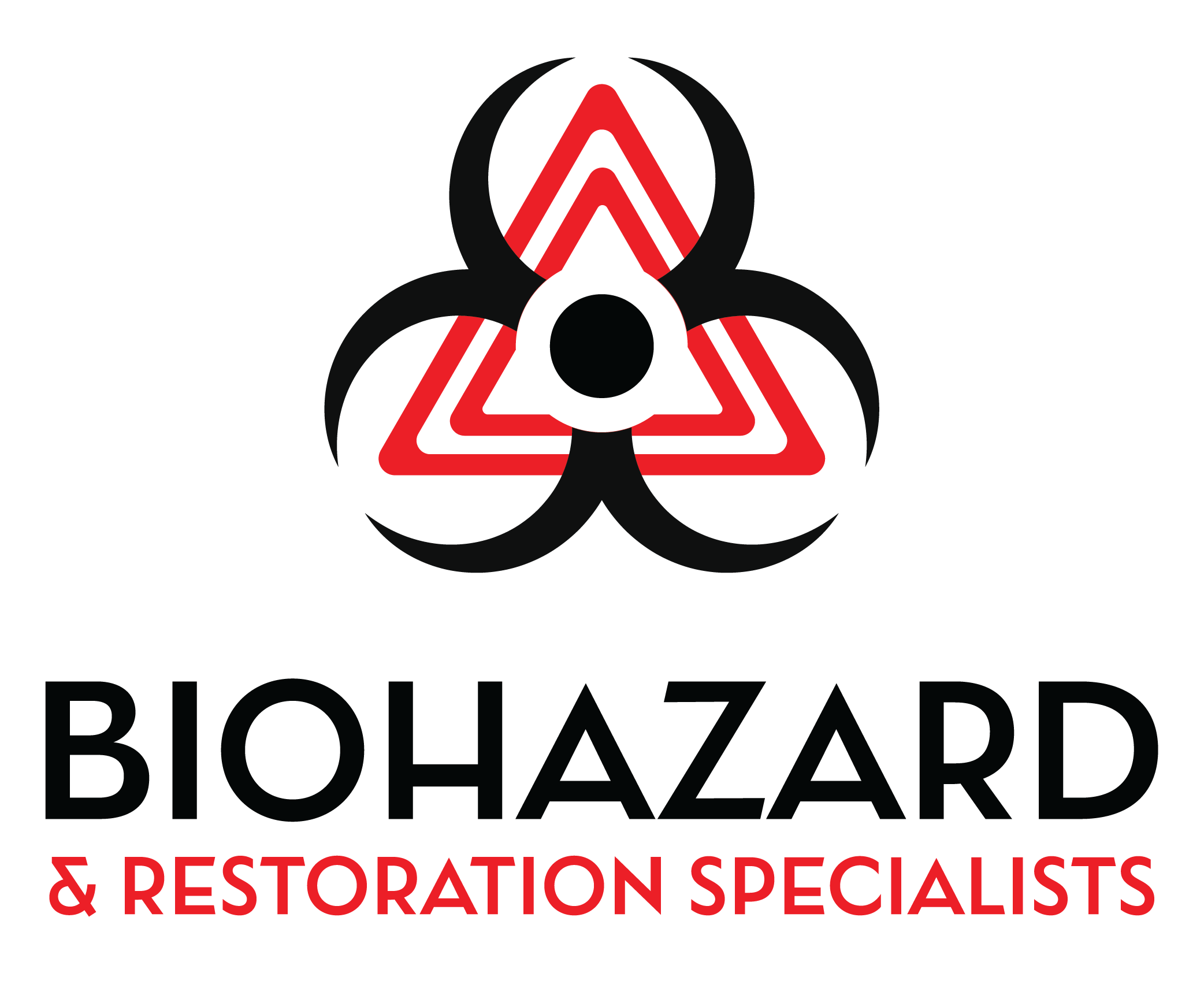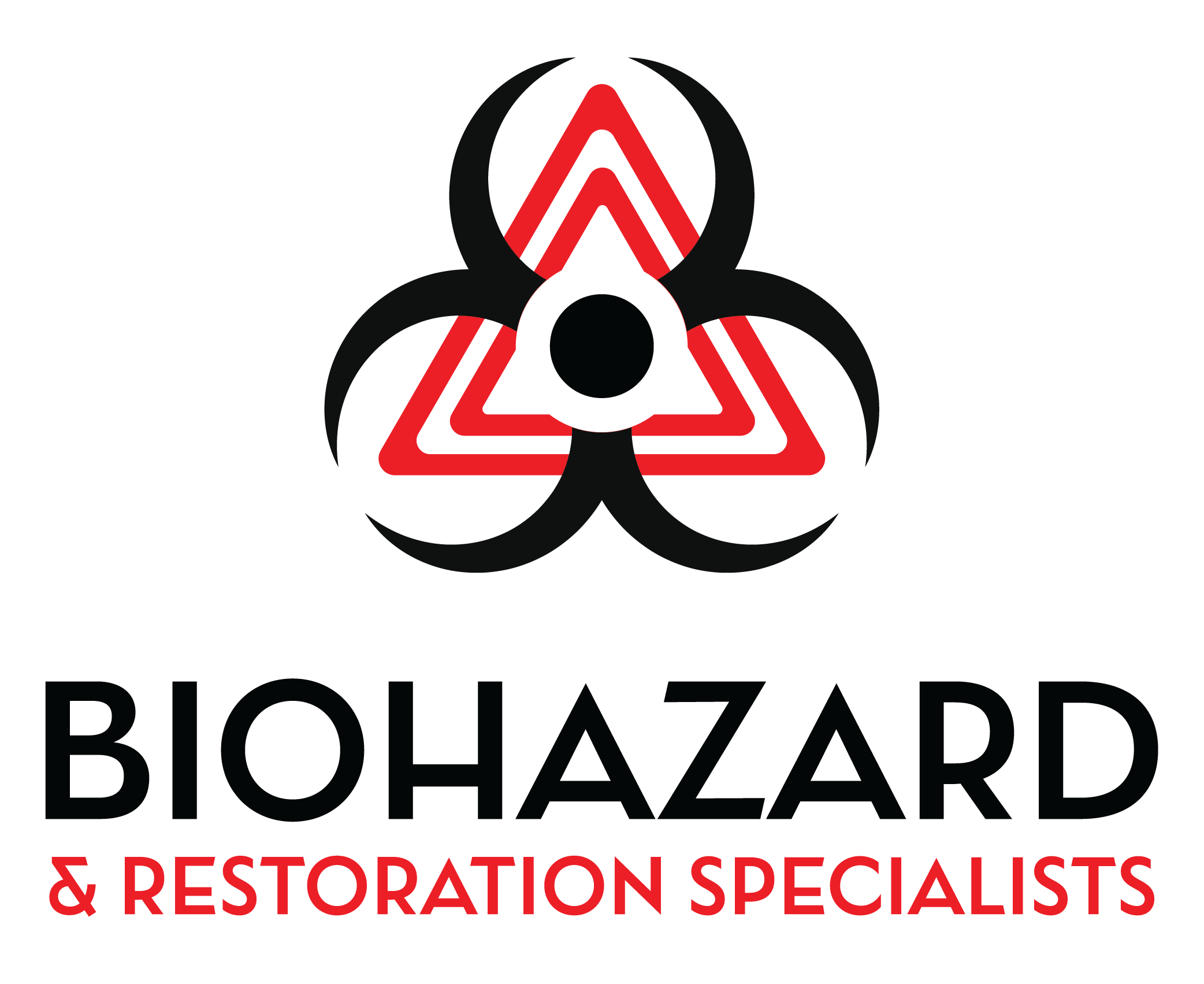When we think about water damage, it’s essential to recognize that not all water damage is created equal. There are two primary categories: new and old water damage. Understanding the distinction between these two types is crucial for effective remediation and prevention.
New water damage typically refers to issues that have arisen recently, often as a result of a sudden event such as a burst pipe, heavy rainfall, or a malfunctioning appliance. This type of damage is usually more straightforward to identify and address, as the source of the water is often still present or easily traceable. On the other hand, old water damage can be more insidious.
It may stem from leaks that have gone unnoticed for an extended period, leading to mold growth, structural issues, and other complications. Old water damage can be challenging to detect because it often manifests in subtle ways, such as discoloration on walls or ceilings, musty odors, or even warped flooring. By understanding these differences, we can better assess our living environments and take appropriate action to mitigate potential risks.
Key Takeaways
- New water damage is typically characterized by wetness, discoloration, and a musty odor, while old water damage may show signs of mold, peeling paint, or warping.
- Common areas for water damage include ceilings, walls, floors, and around windows and doors.
- Testing for water damage can involve using a moisture meter, infrared camera, or conducting a visual inspection for signs of water intrusion.
- Seeking professional help for water damage is important to accurately assess the extent of the damage and ensure proper remediation.
- Preventing water damage can be done by maintaining gutters, checking for leaks, and ensuring proper ventilation in high-moisture areas.
Signs of New Water Damage
Identifying new water damage is crucial for preventing further complications in our homes. One of the most apparent signs is the presence of water stains on walls or ceilings. These stains often appear as dark patches or rings and can indicate that water has recently infiltrated the area.
Additionally, we might notice peeling paint or wallpaper, which can be a direct result of moisture accumulation behind the surface. If we observe any of these signs, it’s essential to investigate further to determine the source of the water intrusion. Another telltale sign of new water damage is the presence of pooling water or damp spots on floors.
This could be due to a leaking pipe, an overflowing sink, or even rainwater seeping in through a compromised roof. We should also be vigilant for any unusual sounds, such as dripping or running water, which can indicate an active leak. If we detect any of these signs, it’s vital to act quickly to address the issue before it escalates into a more significant problem.
Signs of Old Water Damage
Old water damage can often be more challenging to identify than its newer counterpart. One of the most common indicators is discoloration on walls or ceilings that has developed over time. This discoloration may appear as yellow or brown stains and can indicate that moisture has been present for an extended period.
In some cases, we might also notice bubbling or blistering paint, which can signal that water has been trapped beneath the surface for quite some time. Mold growth is another significant sign of old water damage. If we encounter a musty odor in certain areas of our home, it could be a clear indication that mold is thriving due to prolonged moisture exposure. Additionally, we should be aware of warped or buckled flooring, which can result from long-term water damage affecting the structural integrity of our floors. Recognizing these signs early on can help us take necessary steps to remediate the situation before it worsens.
Common Areas for Water Damage
| Common Areas for Water Damage | Frequency | Severity |
|---|---|---|
| Basement | High | High |
| Bathroom | Medium | Medium |
| Kitchen | High | High |
| Roof | High | High |
| Plumbing System | High | High |
Water damage can occur in various areas of our homes, but some locations are more prone to issues than others. Bathrooms are often at high risk due to the constant presence of water from showers, sinks, and toilets. Leaks from plumbing fixtures or faulty seals can lead to significant damage if not addressed promptly.
We should regularly inspect these areas for any signs of moisture accumulation or deterioration. Kitchens are another common area where water damage can occur. Dishwashers and refrigerators with ice makers are notorious for developing leaks over time.
Additionally, sinks and plumbing under the kitchen counter can also be sources of hidden leaks. We should remain vigilant in monitoring these appliances and their connections to prevent potential water damage from escalating into a more severe issue.
Testing for Water Damage
When we suspect water damage in our homes, testing is an essential step in confirming our concerns and determining the extent of the problem. One effective method is using moisture meters, which can measure the moisture content in various materials such as wood, drywall, and concrete. By taking readings in suspected areas, we can identify whether there is excessive moisture present that could indicate water damage.
In addition to moisture meters, we might also consider conducting visual inspections for mold growth or other signs of deterioration. This process may involve checking behind walls or under flooring if we suspect hidden leaks. If we are unsure about how to proceed with testing or if we find evidence of significant damage, it may be wise to consult with professionals who specialize in water damage assessment.
Seeking Professional Help
While we may feel confident in our ability to identify and address minor water damage issues ourselves, there are times when seeking professional help is necessary. If we encounter extensive damage or if mold growth is present, it’s crucial to enlist the expertise of trained professionals who can assess the situation accurately and provide effective remediation solutions. These experts have access to specialized equipment and techniques that allow them to address water damage comprehensively.
Moreover, professionals can help us navigate insurance claims related to water damage.
By seeking professional help when necessary, we can save ourselves time, stress, and potential financial burdens down the line.
Preventing Water Damage
Prevention is always better than cure when it comes to water damage in our homes. One effective strategy is regular maintenance of plumbing systems and appliances. We should routinely check for leaks under sinks, around toilets, and behind appliances like dishwashers and washing machines.
By addressing minor leaks promptly, we can prevent them from escalating into more significant issues. Additionally, ensuring proper drainage around our homes is vital for preventing water intrusion during heavy rainfall. We should clear gutters and downspouts regularly to ensure they function correctly and direct water away from the foundation of our homes.
Installing sump pumps in basements or crawl spaces can also provide an extra layer of protection against flooding during heavy storms.
Taking Action
When faced with signs of water damage, taking swift action is essential for minimizing potential harm to our homes and health. If we notice any signs of new or old water damage, we should begin by identifying the source of the problem and addressing it immediately.
Once we have addressed the source of the water intrusion, it’s crucial to dry out affected areas thoroughly. This may involve using fans, dehumidifiers, or even removing damaged materials like drywall or flooring to prevent mold growth and further deterioration. By taking proactive steps and remaining vigilant about potential risks, we can protect our homes from the damaging effects of water and ensure a safe living environment for ourselves and our families.
If you are dealing with water damage in your home, it is important to be able to determine whether the damage is new or old. One helpful article that provides information on this topic is “Dangers of Exposure to Human Urine”. This article discusses the potential risks associated with exposure to human urine and highlights the importance of identifying and addressing water damage promptly to prevent further issues. By understanding the signs of new versus old water damage, you can take the necessary steps to protect your home and your health.
FAQs
What are the signs of new water damage?
New water damage may be indicated by wet or damp areas, active dripping or pooling of water, and a musty or damp odor. Other signs include recently damaged or discolored walls, ceilings, or floors, and the presence of mold or mildew that appears to be actively growing.
How can you tell if water damage is old?
Old water damage may be indicated by dry, discolored, or warped surfaces, as well as a lingering musty odor. Additionally, the presence of dried water stains, peeling paint or wallpaper, and the absence of active water sources can suggest that the damage is old.
What are some common causes of water damage?
Common causes of water damage include leaking or burst pipes, roof leaks, flooding, appliance malfunctions, and plumbing issues. Natural disasters such as hurricanes, storms, and heavy rainfall can also lead to water damage.
Why is it important to determine if water damage is new or old?
Determining the age of water damage is important for assessing the extent of the damage, identifying potential sources of the water intrusion, and determining the appropriate course of action for remediation and repairs. It can also be crucial for insurance claims and property evaluations.
Can water damage be hidden or hard to detect?
Yes, water damage can be hidden behind walls, under flooring, or in ceilings, making it hard to detect without professional inspection. It is important to be vigilant for signs of water damage and to address any suspicions promptly to prevent further damage.

